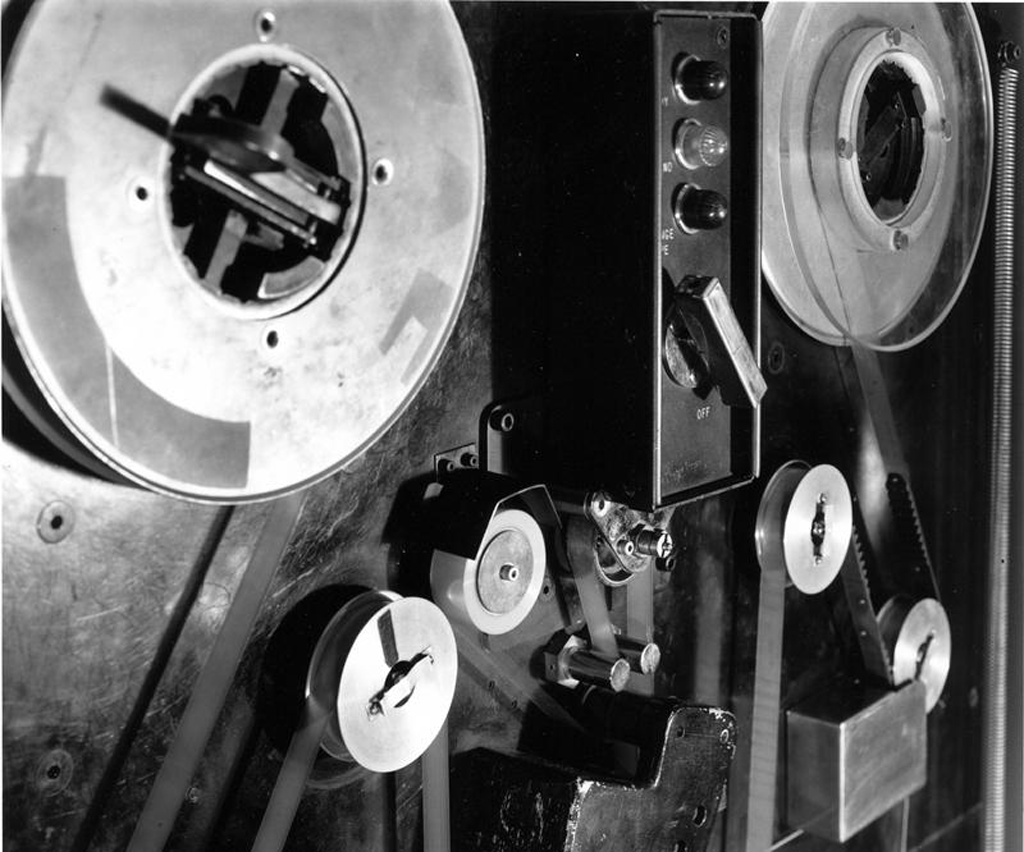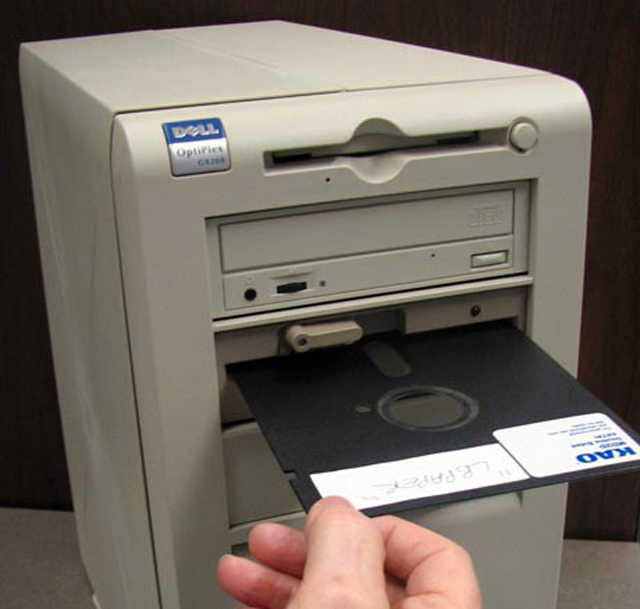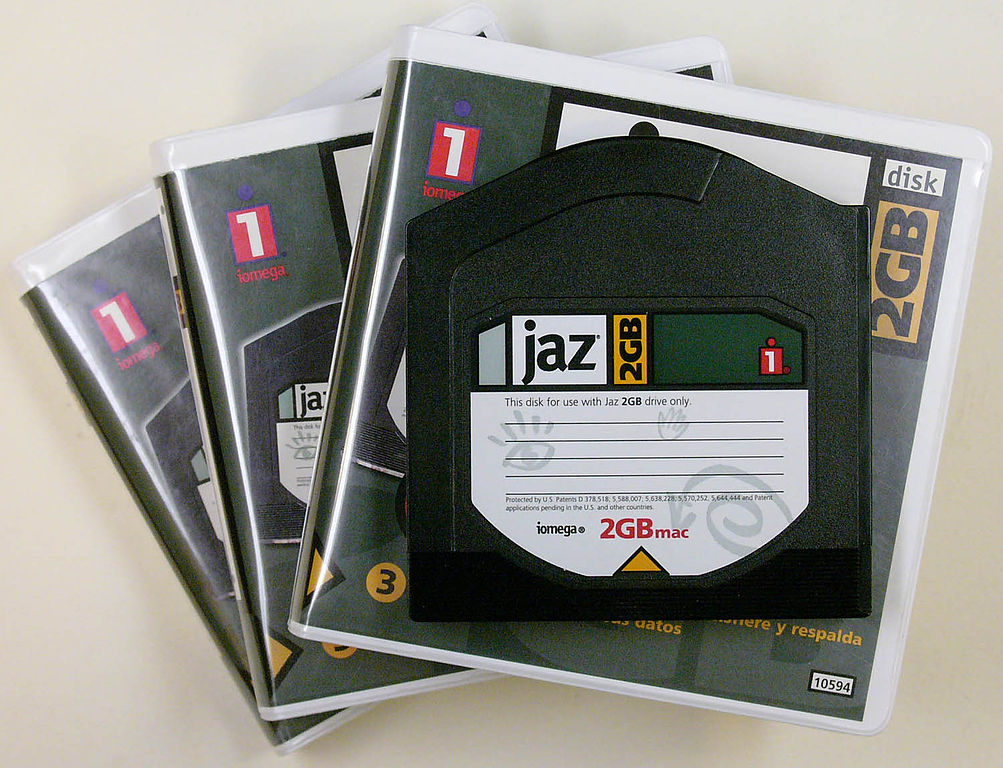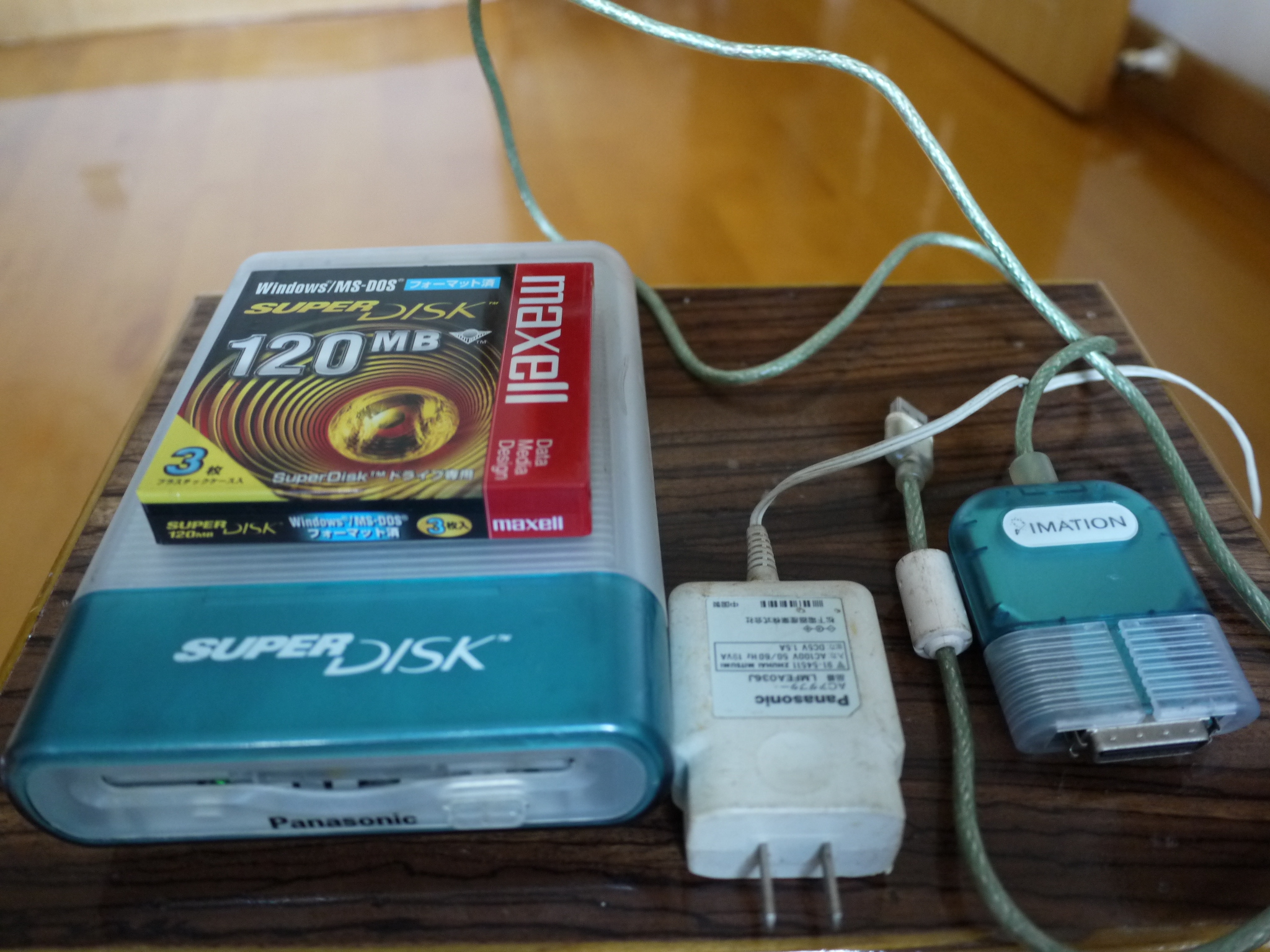In Pictures: External Data Storage Through The Ages
The Evolution Of External Data Storage
External storage has a colorful history. Today, many of us walk around with 32 or 64 GB of capacity on our key chain in the form of a USB-based flash drive. But it wasn't too long ago that we carried packs of CD-Rs, 3.5-inch floppy disks, and, for some, punch cards. Let's take a look at how external storage has evolved over time.
Punch Card (1900-1950s)
Years of Primary Use: 1900-1950s
Storage Capacity: 960 bits
Punch cards (also known as IBM cards or Hollerith cards) are sheets of paper that host information in the form of holes punched in specific patterns. Developed around 1725 for textile loom work, the punch card was modified for data storage in the late 1800s by Hermann Hollerith and used as a storage device for IBM. Hollerith's version of the punch card consisted of 80 columns containing 12 punch locations each, which allowed for a maximum storage capacity of 960 bits. Punch cards reached their peak use as storage devices in the 1930s-1950s, after which they were slowly replaced by magnetic tape.
Magnetic Tape (1950s-Present)
Years of Primary Use: 1950s-Present
Storage Capacity: 184 KB-5 TB
The first U.S. commercial computer, the 1951 UNIVAC I, also contained the first magnetic tape computer storage device, the UNIVSERVO I. This 1200-foot tape was able to record 128 bits per inch on its eight tracks at a data rate speed of 12 800 characters per second. It had an unprecedented storage capacity of 184 KB. The magnetic storage tape has remained popular over the decades, and current models store up to 5.0 TB of data. Even the CERN computing center has an automated magnetic tape vault to store Large Hadron Collider data.
Get Tom's Hardware's best news and in-depth reviews, straight to your inbox.
8" Floppy Disk (1971-1979)
Years of Primary Use: 1971-1979
Storage Capacity: 100 KB-1 MB
In 1971, IBM pioneered the eight-inch floppy disk, which had an initial capacity of approximately 100 KB. Nearly as large as a personal pan pizza, it sported the quintessential look we've come to associate with floppy disks: a thin circular magnetic film core sealed in a rectangular plastic carrier. By the late 1970s, the design hadn't changed, but advances in technology increased storage space to almost 1.0 MB.
5.25" Floppy Disk (1976-1982)
Years of Primary Use: 1976-1982
Storage Capacity: 100 KB-1.2 MB
Shugart Associates developed the 5.25-inch floppy disk in 1976. Similar in appearance to the eight-inch floppy disk, yet smaller in size, the 5.25-inch format soon became standard for home PCs. Initially, its capacity was roughly the same as its predecessor, and the smaller disk ultimately held 1.2 MB.
3.5" Floppy Disk (1982-~2005)
Years of Primary Use: 1980-2005
Storage Capacity: 400 KB-1.44 MB
The 3.5-inch floppy disk was introduced by Sony in 1980. Unlike its eight-inch and 5.25-inch predecessors, the 3.5-inch disk utilized a hard protective case and sliding metal cover to protect the magnetic disk. It could hold up to 1.44 MB of data. The 3.5-inch disk soon became an industry standard, coexisting for some time with Compact Discs and Zip drives.
Compact Disc (1980s-Present)
Years of Primary Use: 1985-Present
Storage Capacity: 550 MB-700 MB
The Compact Disc (CD) was originally created for digital audio in 1982. It was introduced as a read-only PC storage device (CD-ROM) by Philips and Sony in 1985, which also developed the recordable CD (CD-R) several years later. The CD improved on the earlier floppy disks by using lasers to read and later store data, rather than magnetic strips. The CD's initial capacity was an impressive 550 MB of data; however, a high price point on the original CD-Rs, combined with the fact that they could only be written to once, led many people to continue using 3.5-inch floppy disks. Rewritable models were introduced later, but never really took off.
Zip Disk (1994-2003)
Years of Primary Use: 1994-2003
Storage Capacity: 100 MB-750 MB
Zip disks were developed by Iomega in 1994 as an alternative to the relatively low-capacity 3.5-inch floppies and high-priced CD-Rs, and indeed employed a PET film disk, similar to floppy drives. Originally limited to 100 MB of storage, Zip disks soon jumped in capacity to 750 MB. However, most people stopped using Zip disks after CD-R prices dropped in the early 2000s.
Jaz Disk (1995-2002)
Years of Primary Use: 1995-2002
Storage Capacity: 1 GB-2 GB
Jaz disks were introduced by Iomega in 1995 as a higher-capacity alternative to the company's successful Zip disks. Based on hard drive technology, the Jaz disks could store an impressive 2 GB of data. Unfortunately for Iomega, the Jaz disk didn't catch on with computer users, primarily due to its high price point and SCSI interface requirement.
DVD (1995-Present)
Years of Primary Use: 1995-Present
Storage Capacity: 4.7 GB-17.08 GB
Developed in 1995 by Toshiba and backed by both Philips and Sony, Digital Versatile Discs (DVDs) succeeded CDs. They range in capacity from 4.7 GB (single-layer, single-side) to the rarely used 17.08 GB (double-layer, double-sided).
SuperDisk (1997-1999)
Years of Primary Use: 1997-1999
Storage Capacity: 120 MB-240 MB
3M's Imation released the LS-120 SuperDisk in 1997. The SuperDisk was a "floptical"-based storage medium that combined floppy and optical technology. The SuperDisk had an initial storage capacity of 120 MB; however, 3M later released the LS-240 with 240 MB. Although the SuperDisk was unique in that it could also read and write to 3.5-inch floppies, it did not catch on due to the popularity of Zip disks and CDs.
-
ltdan I still have my SuperDisk drive, I used it until a few years ago to read old floppies. 750MB was HUGE back then, now it's just a drop in the TerraBuckit.Reply -
pharoahhalfdead Wow, so many painful memories. I remember using multiple floppy disks consecutively just to install a single program.Reply
Often people use the phrase, "The good ol' days," but I don't think that applies here." Nevertheless, enjoyable article. -
GI_JONES I used to work for a place that had a digital camera that used 3.5in floppies for storage.Reply -
g-unit1111 I still have my Zip drive. It doesn't work but I have it and all my disks.Reply
I'm still amazed at the fact that the 32GB micro SD card that I purchased for my new phone is smaller than a dime. -
runswindows95 GI_JONESI used to work for a place that had a digital camera that used 3.5in floppies for storage.Reply
I remember those Sony Mavica cameras. They didn't take the best photos, but data transfer was easy.
Also, it's scary that the 3.5" floppy lasted the longest so far. I finally throw out all my floppy discs last year. When you got 1TB sitting on your desk, and 8GB on your keys, what good is 1.4MB now. I still use CD-RW's and DVD+RW's though. I've got a lot of projects I burn to them, so worse case scenario, I will only have to fix them to a certain point, and not redo them all. -
lemlo I can remember installing Os/2 warp (my fav os of all time) multiple times on 3.5s. It took foreeeever! We're talking stacks apon stacks of disks to get the entire os installed. Life was good :)Reply -
lemlo Used to use 5.25's too and a real good game could be on 3-5 of those disks too back in the 80's. Cga was heavy stuff i tell ya.Reply -
jaquith Hmm...what about Millenniata M-DISC? It's pretty cool :)Reply
1000 Year lifespan! M-DISC - http://millenniata.com/m-disc/ Example LG's WH12LS39 Blu-Ray - http://www.newegg.com/Product/Product.aspx?Item=N82E16827136241
I've used a lot of those over the years, it's kinda making me feel old. Yeah, I remember the 'stack' of floppies to install Office, PageMaker, etc. I too remember the 'fun days' of modems to download OS updates...geez. Think happy thoughts. -
agnickolov 5.25 inch floppies have lived much longer than 1982. I still had such a floppy in 1993 for example - in a newly built 486 computer, side by side with the 3.5 inch floppy.Reply
Also, 3.5 inch floppies reached 2.88 MB. That standard (introduced by IBM) didn't become popular, but it did exist for a while.
Finally, the most important form of external storage today is missing - external HDDs. These go up to 5TB at present IIRC.










